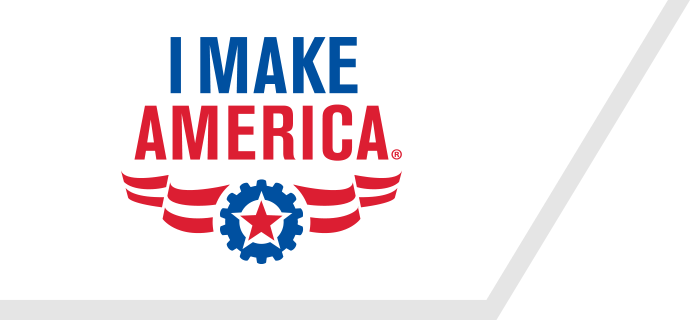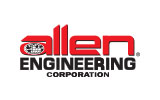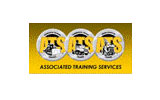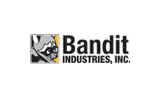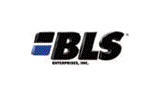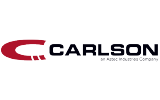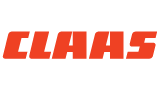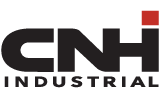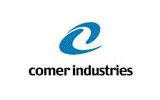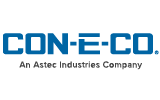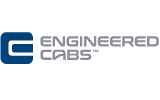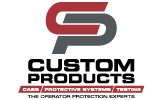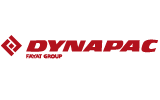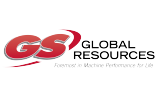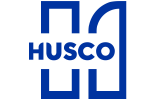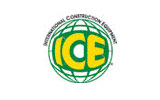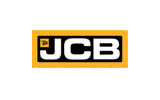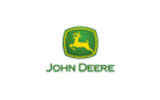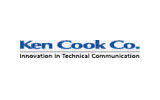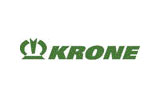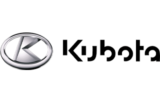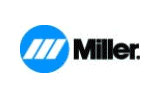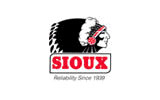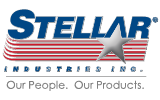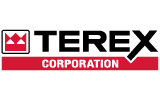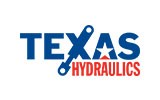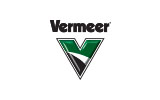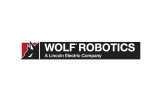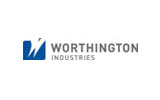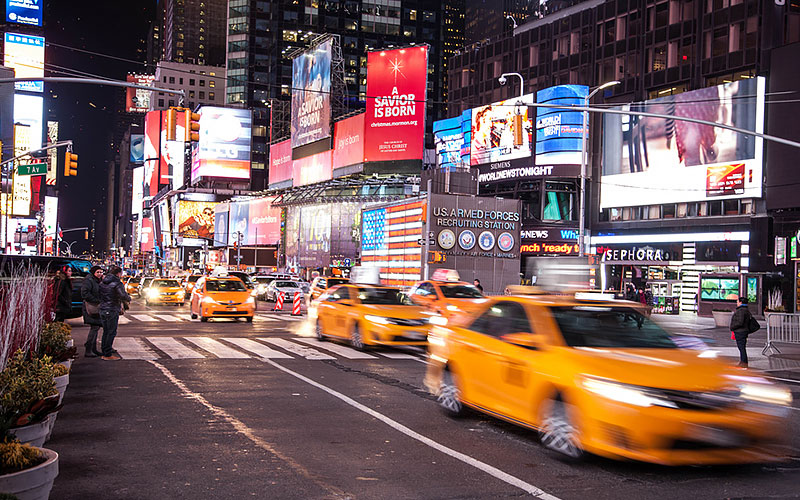
Rather than transporting people, we transport metal. That’s the main premise of engineering student Jakub Kmec’s award-winning “complaint “ about U.S. infrastructure.
After a careful review by an evaluation panel and a public vote, Kmec was recently announced as the winner of the Complain Phase of AEM’s Infrastructure Vision 2050 Challenge.
Click here to download Jakub’s complaint.
Jakub, who is enrolled at the University of Manchester in Manchester, England, offered some insights on his complaint and his personal goals:
What is your academic focus at the University of Manchester?
I am a first year Mechanical Engineering student, so there isn’t too much focus on any specific area in the course at the moment. In fact, the very reason I chose Mechanical Engineering is because of its broad range of application and the huge range of possibilities it opens up. Whatever industry you look at, from medical to automotive, engineering always plays an important role in bringing innovation to real world. For me, it is a tool which helps me understand different challenges and find viable solutions. Personally, I am very keen on new sustainable modes of transport, mobility and infrastructure in general. I love watching projects like Hyperloop come to life and also can’t wait for the automation of transport to revolutionize the way we perceive mobility.
What do you plan on doing with your winnings?
Because I am a student, most of it will go towards paying for my accommodation and living costs at the University. I also promised to donate a part for an annual event taking place at my former high school.
How old are you?
I will turn 21 in a month.
Have you ever competed in a Challenge like this before?
I recently discovered how many opportunities like this there are online and only took part in several competitions within the last couple of months. So far, I was chosen to be one of the finalists in a contest organized by FIA, called The Transport Genius of the Future, where I was offered an opportunity to present my ideas at their annual meeting and I also managed to win an award from BP on this topic last month:
With electric vehicles likely to be the future of personal and public transportation, how could BP adapt its current upstream and downstream businesses models to reflect this shift away from traditional petrol and diesel consumption?
How long have you been interested in autonomous vehicle technology?
Only several years ago, the idea was still considered a futuristic vision, and yet there are some self-driving cars available on the market at the moment. So you could say I am following the topic since it’s very beginning. I am really excited about its fast pace and would like to take part in this revolution in the near future, to help speed up the transition even more.
What implications do you think autonomous vehicle technology will have on the future?
You can read more about this in my report, but I’ll try to briefly mention a few important ones. Firstly and most importantly, there is a certain threshold for traffic density, at which point traffic-jams form, despite the fact that there are no obstacles or bottlenecks on the roads. This causes traffic congestion and already has a major impact on almost every individual in the U.S. as well as the whole economy. This will be completely eliminated once all cars are autonomous. In the meantime, however, self-driving cars have several other benefits, like being much safer compared to a human driver or enabling people to spend their time productively and make driving less stressful.
If you could build a high-speed train or superhighway between two points/places in the world, what would those two points/places be?
Even with the most recent high-tech trains like Hyperloop (if we can still call it a train), there is a certain distance limit at which high-altitude hypersonic flights will be more efficient. With this in mind, it would be reasonable to have intercity high-speed trains connecting major cities within the U.S. and Europe. For me personally, it would be useful to have a Hyperloop link between the UK and Slovakia; that way I could go home for a lunch with my family every weekend without any hassle.
What is the biggest difference between roads and highways in Slovakia and the U.S.?
This is a very broad area to compare as it differs from city to city, but in my opinion, I believe that the roads within Europe have better lane marking and are in a better condition overall as most of them were built later, compared to the roads in the U.S. Mainly the lane marking is much better, which plays an important role for self-driving vehicles as it is the main guidance reference for the cars we have today like Tesla or Volvo. Having a standard, high-quality marking on roads would definitely make it easier for the engineers developing these cars, and most importantly, it would be safer for people to use the autonomous features.
Name two inventors that you think have revolutionized how people move.
The first obvious name for me would be Elon Musk. He is definitely an influential character who inspires me and whom I admire for his dedication to what he does. It isn’t easy to make the right decisions nowadays and he is one of the people who goes against the flow and tries to prove that we can do well without sacrificing our comfort. A second inventor who revolutionized mobility is in my opinion Rudolf Diesel. It may seem paradoxical to choose these two people, but Diesel’s influence on transport as we know it today is undeniable.

